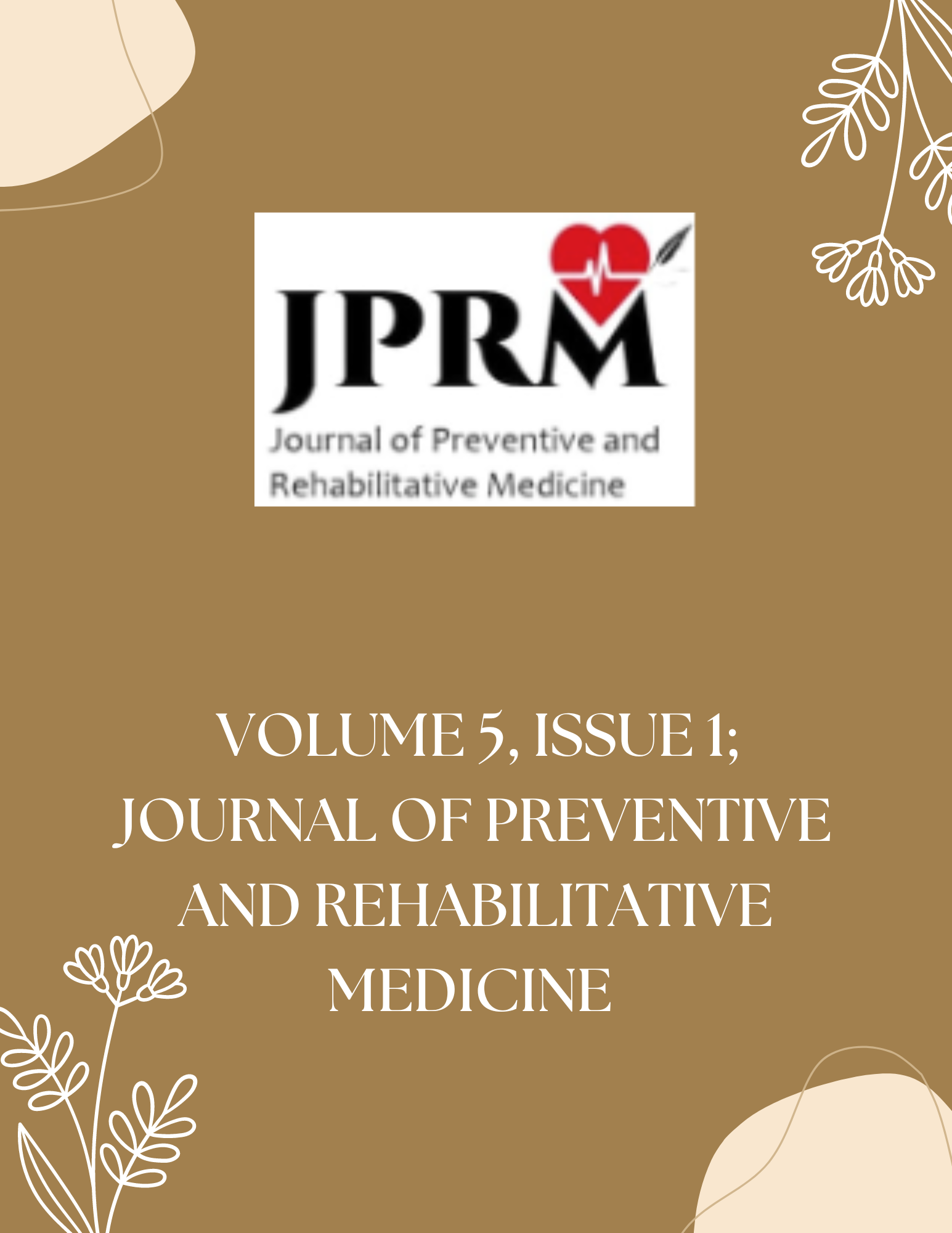Association between bag weight, carrying style and low back pain and spinal curvatures among school children in Accra, Ghana
Abstract
Background: Carrying school bags forms part of the daily routine of school children in the Accra Metropolis. Carrying of these heavy school bags has been found to have negative musculoskeletal effects on developing children. We set out to determine the association between bag weight, carrying style and deviations in the normal curvature as well as low back pain among school children. Methods: This cross-sectional study involved school children who were selected from 20 public and private schools, in Ablekuma South. Participants and school bags were weighed using a weighing scale. The vertical plumb line was used to screen for sagittal and frontal curvatures and the backpack questionnaire was used to obtain data. Chi square and one-way ANOVA were used to determine the association between the relative weights of the bags, the carrying style, spinal curvature and low back pain among the school children. Results: Out of 624 participants recruited, 90.2% used backpacks as school bags. There was a significant association between the carrying style and spinal curvatures – frontal and sagittal curvature (p = 0.005 & 0.003 respectively), but not low back pain (p = 0.962). The bag weight was significantly associated with sagittal curvature (p = 0.000) but not for frontal curvature (p = 0.784) and low back pain (p = 0.914). Conclusion: Carrying of heavy school bags consequently affects forward deviation of the spine in the sagittal plane. The carrying style also has an effect on the spinal curvature. However, the bag weight and carrying style have no significant effect on the occurrence of low back pain.All authors who submit their paper for publication will abide by following provisions of the copyright transfer: 1. The copyright of the paper rests with the authors. And they are transferring the copyright to publish the article and used the article for indexing and storing for public use with due reference to published matter in the name of concerned authors. 2. The authors reserve all proprietary rights such as patent rights and the right to use all or part of the article in future works of their own such as lectures, press releases, and reviews of textbooks. 3. In the case of republication of the whole, part, or parts thereof, in periodicals or reprint publications by a third party, written permission must be obtained from the Managing Editor of JPRM. 4. The authors declare that the material being presented by them in this paper is their original work, and does not contain or include material taken from other copyrighted sources. Wherever such material has been included, it has been clearly indented or/and identified by quotation marks and due and proper acknowledgements given by citing the source at appropriate places. 5. The paper, the final version of which they submit, is not substantially the same as any that they had already published elsewhere. 6. They declare that they have not sent the paper or any paper substantially the same as the submitted one, for publication anywhere else. 7. Furthermore, the author may only post his/her version provided acknowledgement is given to the original source of publication in this journal and a link is inserted wherever published. 8. All contents, Parts, written matters, publications are under copyright act taken by JPRM. 9. Published articles will be available for use by scholars and researchers. 10. IJPRM is not responsible in any type of claim on publication in our Journal. .

